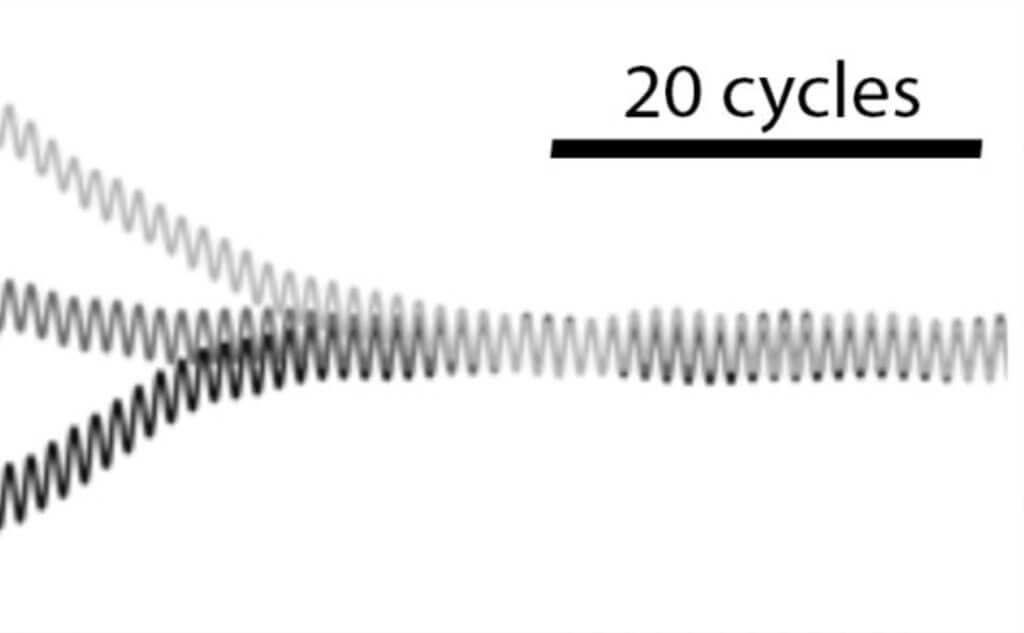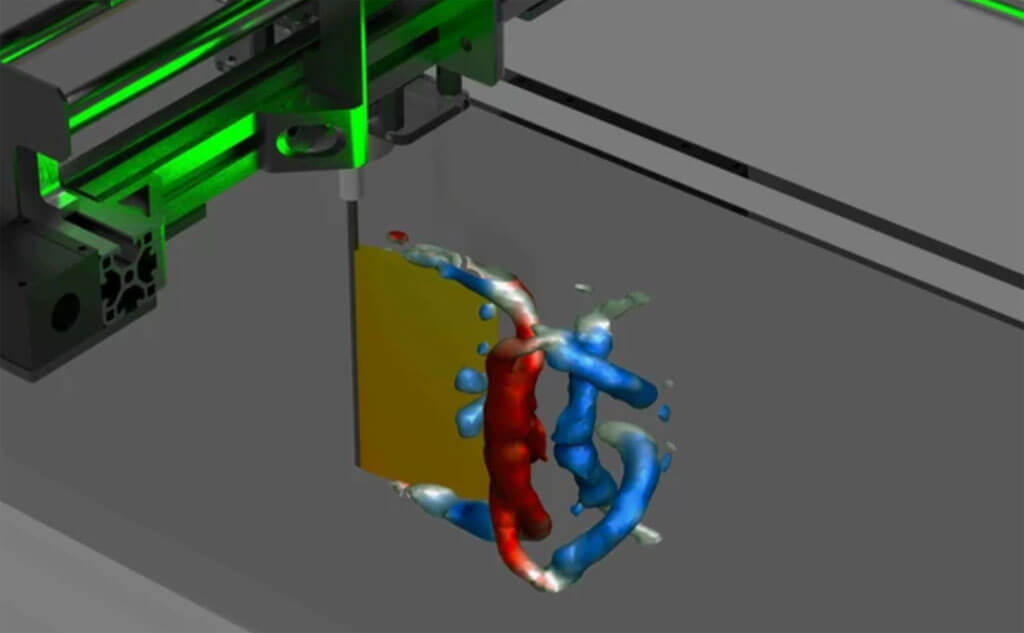Stable equilibria exist for near-surface swimmers and fliers
Fish and birds experience different forces when they swim/fly near a flat surface (e.g. seabed, solid ground, still lake). We discovered that the vertical forces they feel switch from negative (downward) to positive (upward) at a particular distance from the surface. In other words, there’s a stable equilibrium altitude where they are neither pushed down […]
Stable equilibria exist for near-surface swimmers and fliers Read More »


